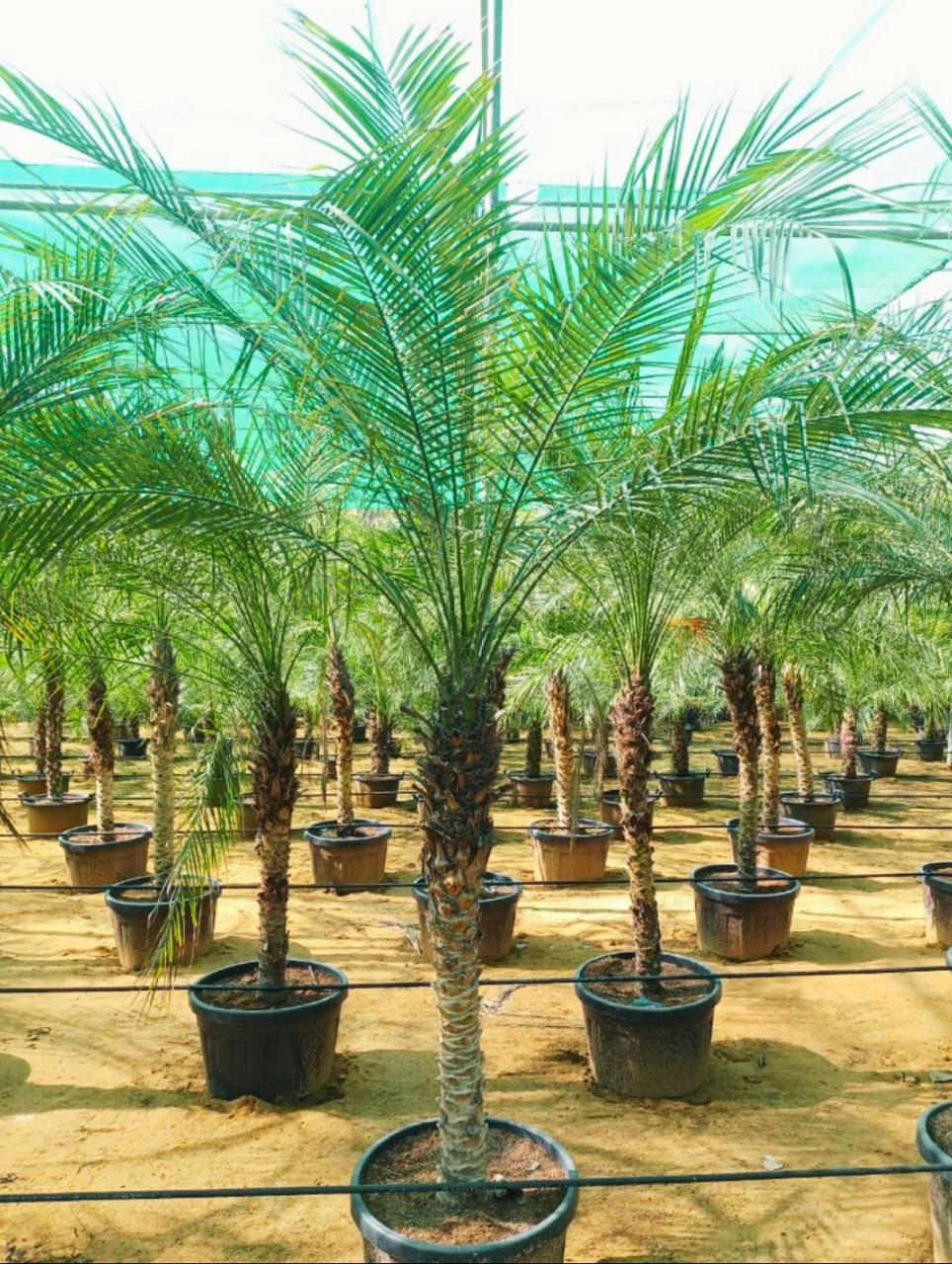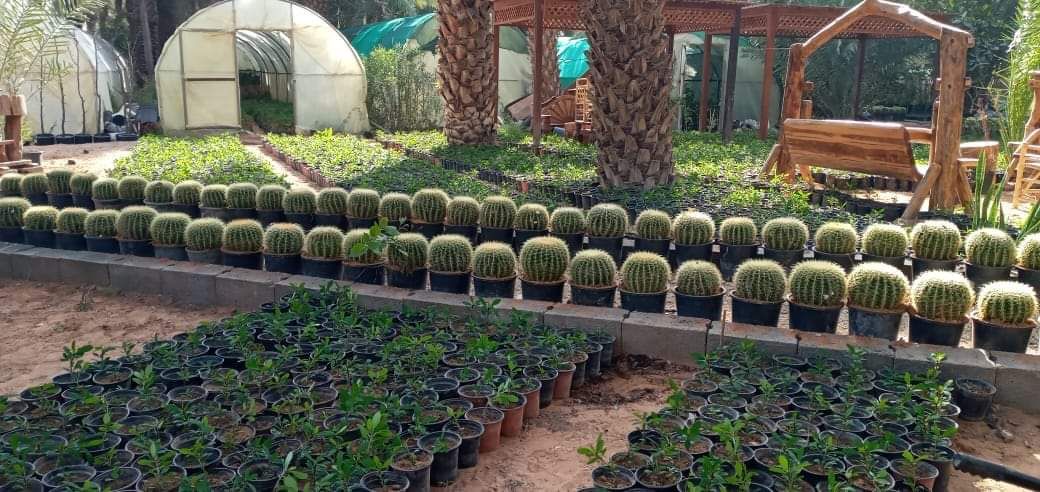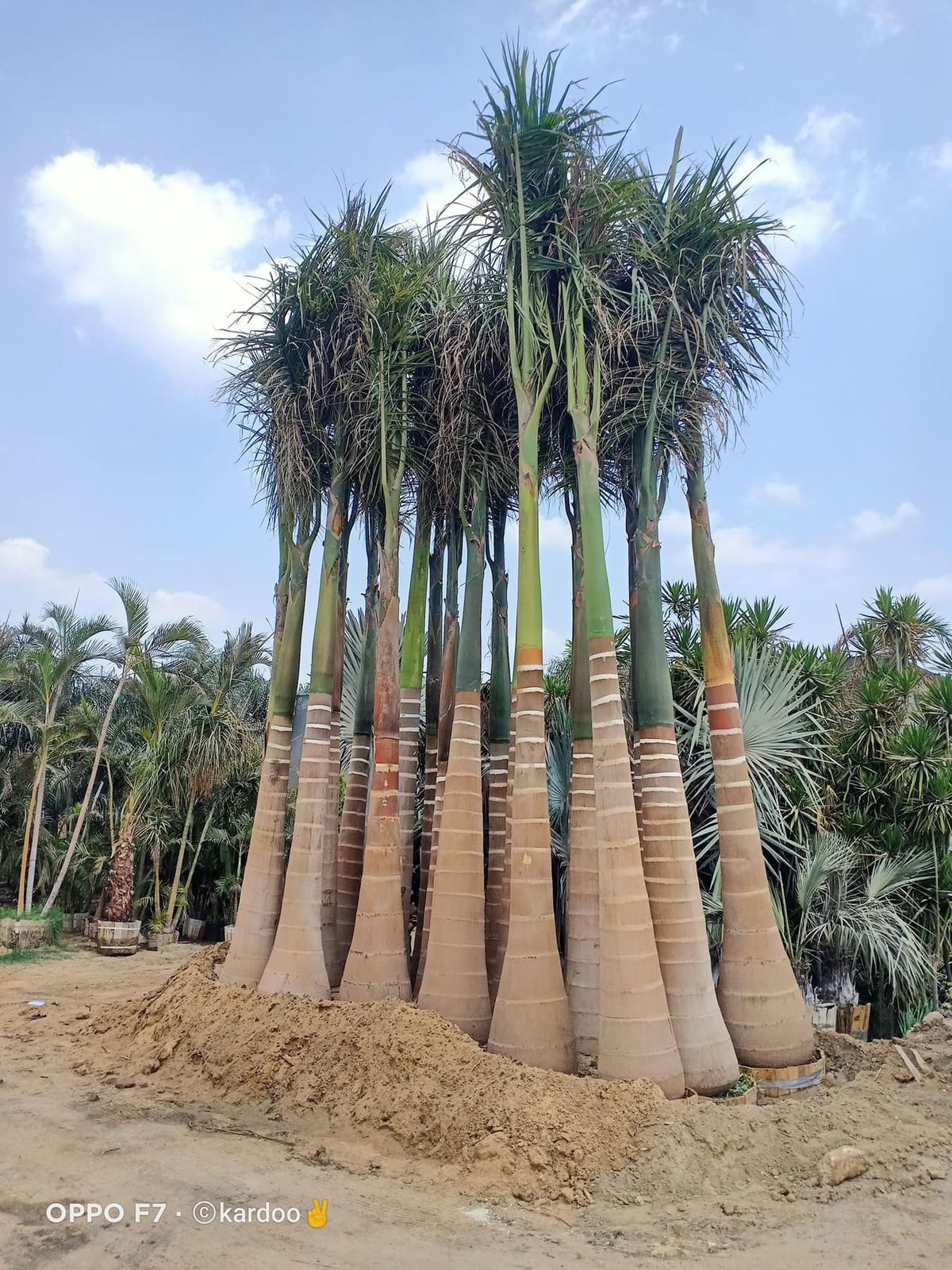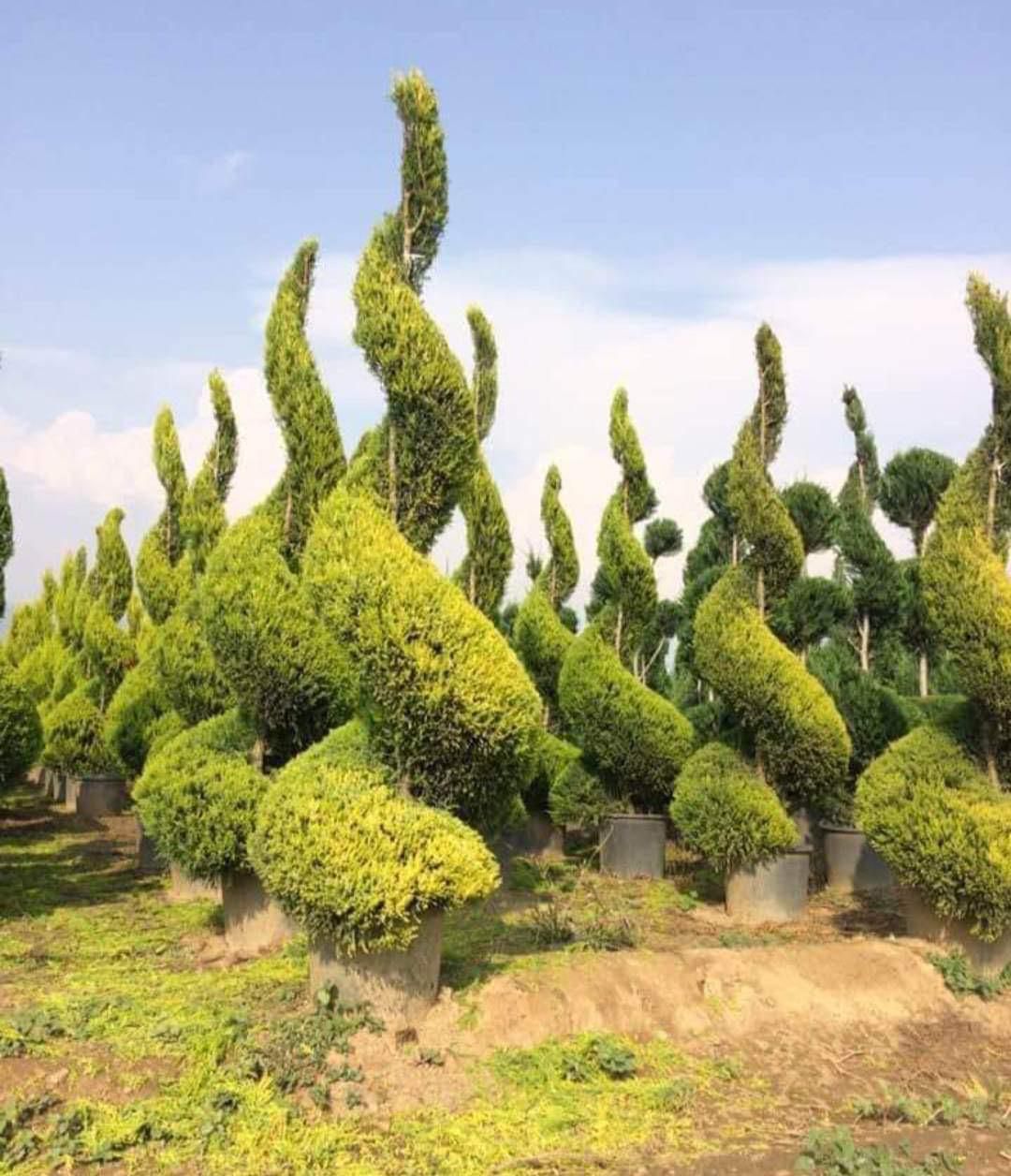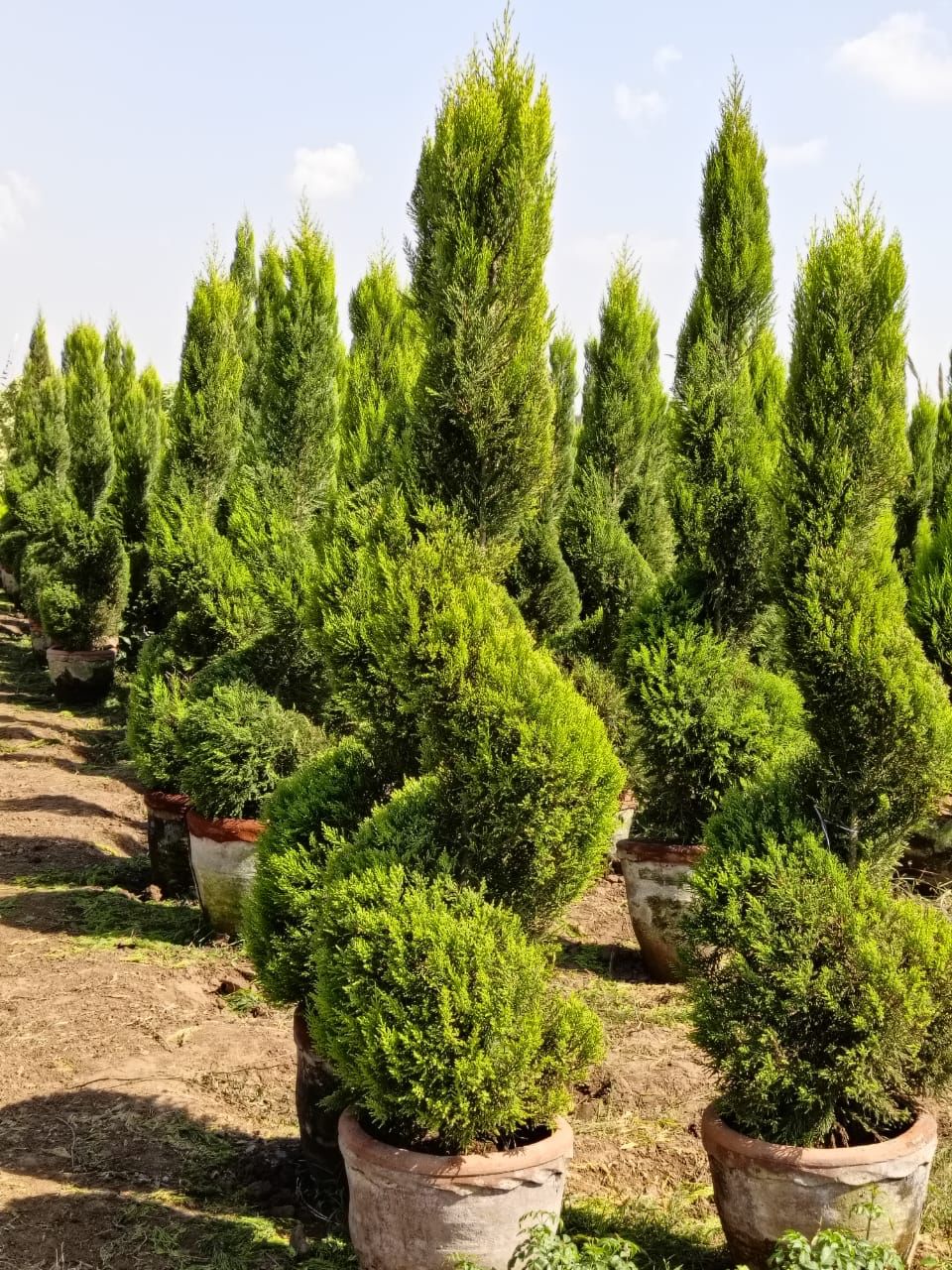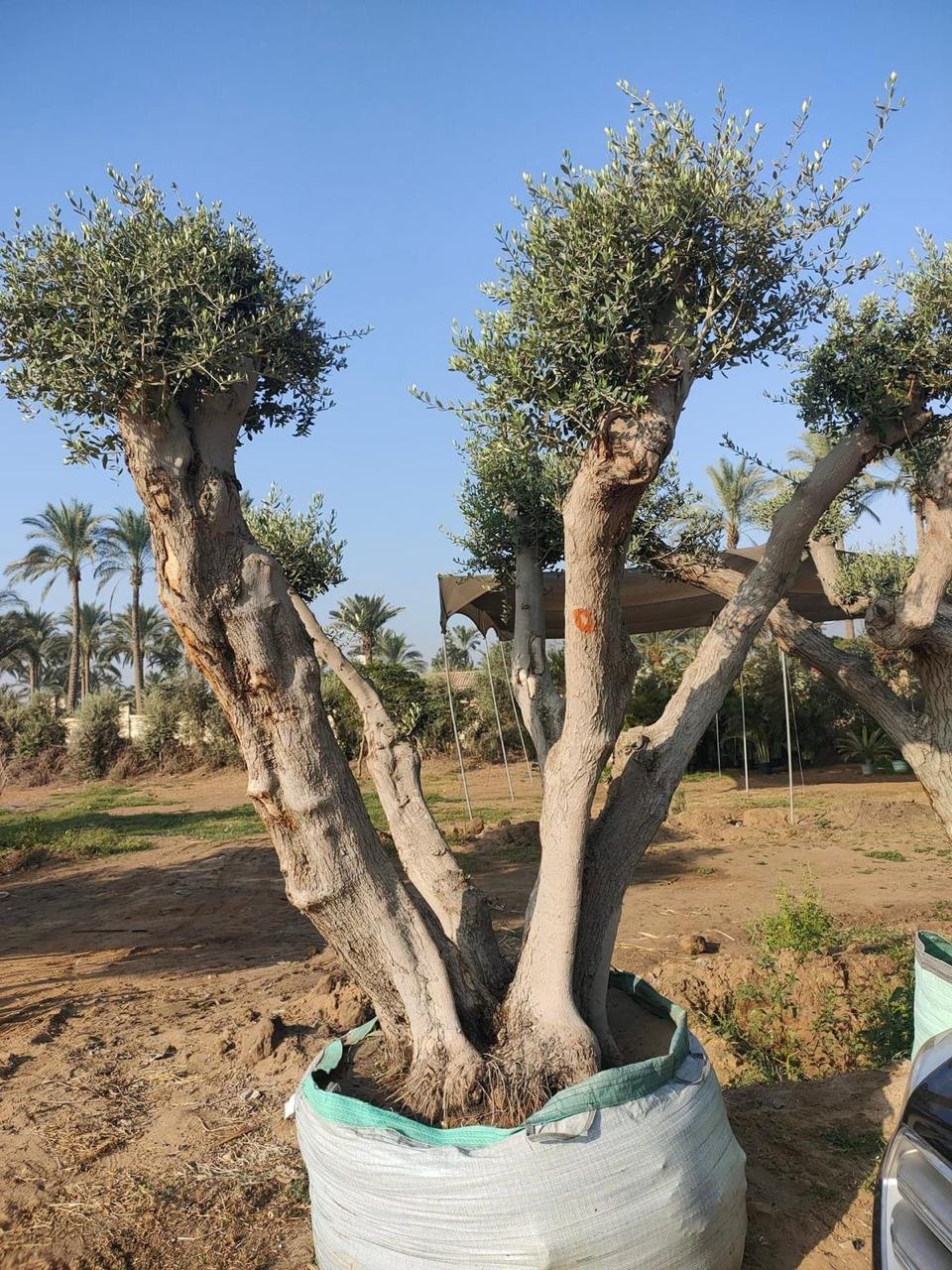The Nursery, Vegetables & Fruits
Joud Al-Nabat Nursery is one of the leading nurseries with extensive expertise in modern agriculture and hydroponics in Saudi Arabia. We offer a wide variety of exceptional plants, including rare and perennial trees, native and adapted trees, palms, indoor plants, shrubs, seasonal flowers, cacti, and desert plants, as well as medicinal and aromatic plants.
Whether you're looking to enhance your landscaping project or create your private garden, we have everything you need. Our plants are carefully nurtured to ensure their ability to grow and thrive under the supervision of elite agricultural consultants and highly skilled engineers who are capable of working in challenging conditions and any climate. This guarantees healthy and beautiful additions to your space.
Visit Joud Al-Nabat Nursery today and discover our wide range of plants.
- Leafy Greens Include lettuce, spinach, kale, and other varieties.
- Root Vegetables: Carrots, potatoes, beets, and radishes.
- Cruciferous Vegetables: Broccoli, cauliflower, and cabbage.
- Fruiting Vegetables: Tomatoes, cucumbers, and peppers.
- Legumes: Green beans, peas, and lentils.
- Berries: Strawberries, blueberries, raspberries, and blackberries.
- Citrus Fruits: Oranges, lemons, limes, and grapefruits.
- Stone Fruits: Peaches, plums, cherries, and apricots.
- Tropical Fruits: Bananas, mangoes, pineapples, and papayas.
- Melons: Watermelon, cantaloupe, and honeydew.
- Local Farms: Build strong relationships with local farmers to source fresh produce, which can reduce transportation time and ensure fresher products.
- Seasonal Availability: Understand which fruits and vegetables are in season to optimize sourcing and minimize costs.
- Inspection: Regularly inspect produce for quality, ripeness, and freshness before purchase and delivery.
- Temperature Control: Maintain proper temperature settings during storage and transit to prolong freshness (usually between 32°F and 50°F, depending on the type of produce).
- Packaging: Use breathable packaging that helps prevent moisture buildup while protecting the produce from damage.
- Transportation: Use refrigerated trucks or vans to maintain optimal conditions during transit.
- Routing and Scheduling: Plan efficient delivery routes to minimize delays and preserve the quality of the produce.
- Timeliness: Ensure prompt delivery schedules to bring the freshest products to customers as quickly as possible.

 AR
AR


